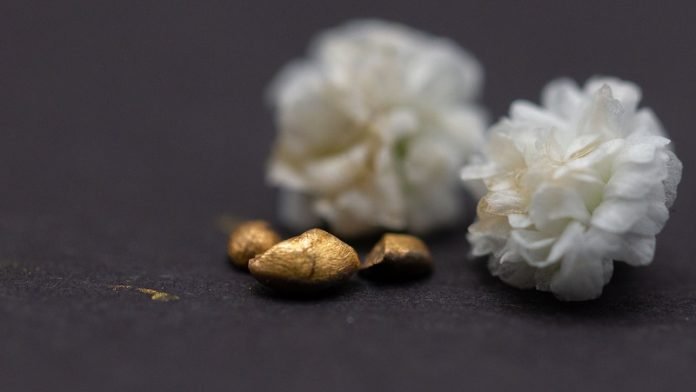
In a world where recycling is more important than ever, a group of scientists led by Professor Raffaele Mezzenga from ETH Zurich has found a groundbreaking way to get gold from old electronics using something you might not expect: leftovers from making cheese.
This clever method not only helps reduce electronic waste but also uses up food industry leftovers, making it a win-win for the environment.
Our modern lives are filled with gadgets like smartphones and computers that eventually become outdated or broken.
These old electronics are packed with valuable materials, including gold. Yes, there’s actual gold in your old phone!
As the demand for gold continues to rise, finding ways to get this gold out of electronic waste has become more and more appealing.
However, the methods we’ve had until now are either bad for the environment, dangerous, or just too expensive.
Enter Professor Mezzenga and his team. They’ve come up with a brilliant and eco-friendly solution using a byproduct from cheese production.
When making cheese, whey protein is often left over, and it’s this whey protein that the team has turned into a gold-recovering powerhouse.
To do this, they first treated the whey proteins with acid and heat, causing them to form into tiny, nanosized fibers. These fibers were then dried out to make a special kind of sponge.
The process begins with taking apart old computer motherboards to get at the metal parts where the gold is. These parts are then dissolved in acid to release the metal ions, including gold ions, into a solution.
When the team puts their whey protein sponge into this solution, something amazing happens: the gold ions stick to the sponge, while most other metals don’t.
Next, by heating up the sponge, the gold ions are transformed into actual gold flakes. These flakes are then melted down to create a gold nugget.
From their experiments, the team managed to get a 450-milligram nugget of gold from 20 old motherboards. This nugget was 91% pure gold, or 22 carats, which is pretty impressive!
What’s even more impressive is how cost-effective this method is.
According to Professor Mezzenga’s calculations, the cost of getting the gold is way less than the gold’s value, making this method not just environmentally friendly but also economically viable.
The team is now looking at ways to get this technology ready for the real world. While electronic waste is their main target, they’re also exploring other sources of gold, such as waste from making microchips or gold-plated items.
They’re even considering using other protein-rich waste from the food industry to make their sponges.
Professor Mezzenga is particularly proud of how this method turns two types of waste into valuable gold.
It’s a perfect example of how innovative thinking and a bit of science can turn what we normally throw away into something incredibly valuable.
In the quest to be more sustainable, this could be a game-changer, proving that sometimes, the best solutions come from the most unexpected places.
The study was published in Advanced Materials.



